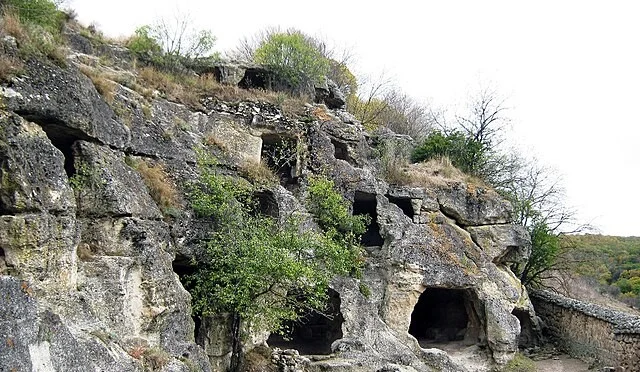Chufut-Kale is a historic cave town located in Crimea, near Bakhchisaray. The town’s name means “Jewish Fortress” in Crimean Tatar, though its origins date back much earlier. Archaeological evidence indicates the settlement was first established between the 5th and 6th centuries AD. The town served as a significant military, religious, and cultural center through various periods, including under Byzantine, Kipchak, and Crimean Tatar rule.
Get your dose of History via Email
Early History
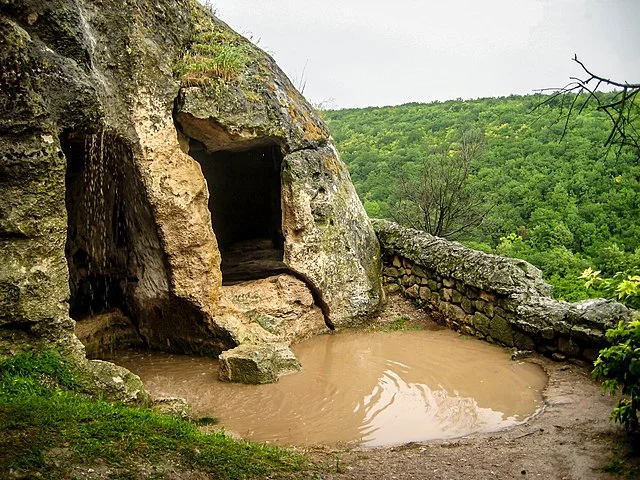
Chufut-Kale’s roots trace back to the Byzantine Empire. It was originally known as Fortress of the Phoulloi, a reference to the Byzantine military presence in the region. By the 6th century AD, the fortress had become an important stronghold in protecting Crimea’s borders. During this time, it housed a predominantly Christian population and played a role in regional defense.
In the 10th century, after the Byzantine influence waned, the Khazars occupied the area. The Khazar Empire, a Turkic state, converted to Judaism in the mid-9th century AD, which may explain the Jewish association later attached to Chufut-Kale. However, little evidence exists of large Jewish populations during this period.
The Kipchak and Crimean Tatar Periods
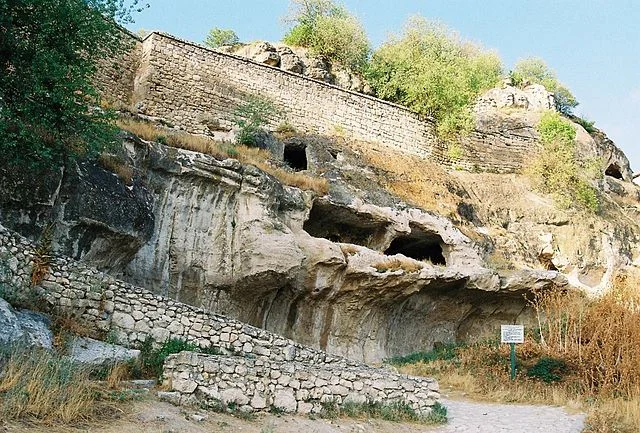
In the 13th century, Chufut-Kale fell under the control of the Kipchak Confederation, a Turkic group that ruled much of the Eurasian steppe. By the mid-13th century, the Mongols had arrived, leading to further shifts in power across Crimea. Chufut-Kale became part of the Golden Horde, the westernmost segment of the Mongol Empire.
During the 14th century, the Crimean Tatars gained control of the region. They renamed the town Qırq-Yer, meaning “Forty Places” in reference to the many structures and fortifications carved into the cliffs. The town flourished as an important military and cultural center under Tatar rule.
The Jewish Population and the Name “Chufut-Kale”
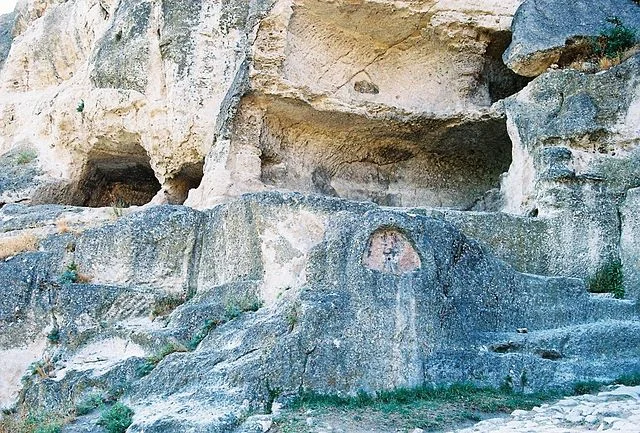
By the 15th century, a significant Jewish population settled in Chufut-Kale. These Jews, primarily Karaite, were a unique community in Crimea, practicing a form of Judaism that emphasized the Hebrew Bible and rejected the Talmud. The Karaites found protection under the Crimean Khans and prospered within the fortified town. As a result, the settlement became known as Chufut-Kale, or “Jewish Fortress.”
In the 18th century, after the Russian Empire annexed Crimea in 1783, the town’s Jewish population began to decline. Many residents moved to Bakhchisaray or other cities. By the late 19th century, Chufut-Kale was largely abandoned.
Architecture and Archaeological Significance
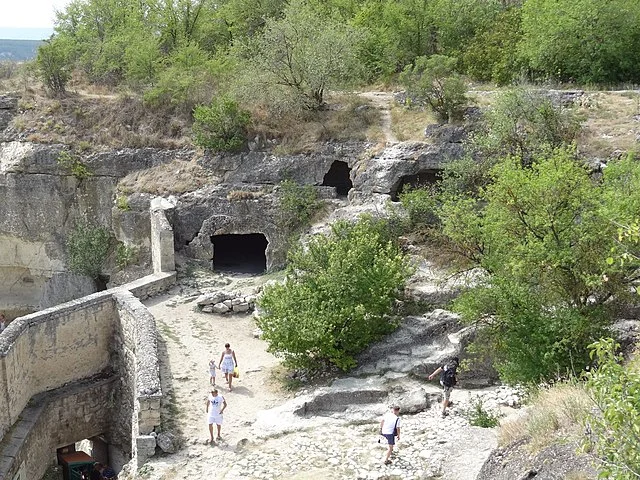
Chufut-Kale is notable for its unique architecture. The town is carved directly into the cliffs, with structures that include homes, religious buildings, and defensive fortifications. The cave dwellings and defensive walls date back to different periods, with some structures over 1,000 years old.
Key landmarks include the Kenassa, a Karaite synagogue, and the Citadel, a medieval fortress with thick defensive walls. The town also houses two significant mausoleums, believed to be from the 15th century, that serve as resting places for Crimean Tatar nobles.
Archaeologists have studied Chufut-Kale for decades, with findings shedding light on the multicultural and religious history of Crimea. The site remains one of the best-preserved examples of Crimean cave cities, alongside Mangup-Kale and Eski-Kermen.
Conclusion
Chufut-Kale offers valuable insight into Crimea’s complex history. Its origins as a Byzantine fortress, its role under the Khazars, and its later significance as a Jewish and Tatar settlement reflect the region’s diverse cultural heritage. Although abandoned by the late 19th century, Chufut-Kale remains an essential archaeological site for understanding the region’s military, religious, and cultural evolution.
Source:

